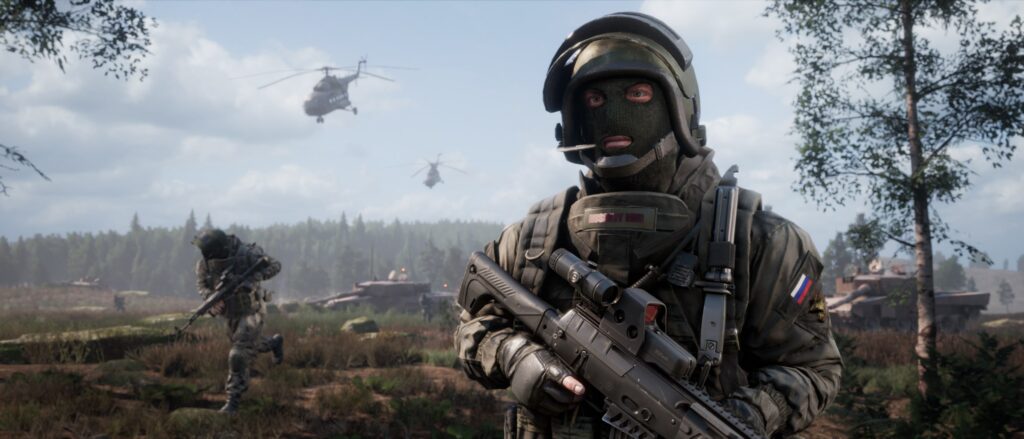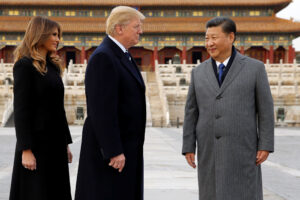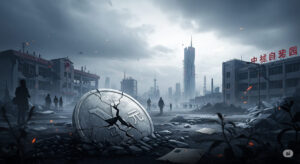It’s a strange time to scroll through TikTok and stumble across Gen Z dancing in vintage World War II outfits, treating the prospect of global conflict like a quirky fashion challenge. To older generations, the idea of another world war conjures up visceral dread—stories of trenches and bombings passed down from grandparents who lived it. But for today’s youth, two generations removed, it’s morphed into a meme, a distant absurdity stripped of its terror. That shift fascinates Professor Garretts, a leadership studies expert I recently sat down with, and it’s a lens into how we’re misreading the chaos unfolding around us.
Garretts doesn’t buy the hype about World War II redux. Instead, he echoes a provocative idea floated by Garry Kasparov: we’re already entrenched in a new kind of global conflict—call it World War I, a reframing of the Cold War’s proxy battles and ideological skirmishes. Back then, the Soviet Union and the West clashed through Korea, Vietnam, and coups in Latin America, wielding propaganda and disinformation to destabilize rather than obliterate. Putin, a product of that KGB mindset, seems to see the world through the same prism. For him, the Soviet collapse wasn’t an end but a pause, and his alliances with Iran, North Korea, and China signal a rebooted front against the capitalist order.
What’s chilling is how this war sidesteps traditional battlefields. Garretts points to Russia’s playbook—spraying racist graffiti in Harlem to spark riots, as Oleg Kalugin once admitted, or the 2017 Black Fist scheme where Russian operatives posed as allies to harvest data on U.S. martial arts trainers. It’s not about tanks rolling in; it’s about sowing division, exploiting weak spots. Rebecca Koffler’s Putin’s Playbook and Vlad Vexler’s analyses back this up: the goal isn’t to win an argument but to drown the West in confusion. A fractured America, bickering over race or politics, suits Putin just fine. And frankly, it’s working—social media trolls amplify lies faster than truth, while cyber attacks and drone strikes blur the lines between war and espionage.
This isn’t your grandfather’s war. Technology has rewritten the rules. Drones now outpace IEDs as the deadliest tools, toppling million-dollar tanks with eerie precision. Ukrainian hackers recently crippled $9 billion worth of Russian goods from afar, a ghost strike no one saw coming. Cyber warfare, social media manipulation, and targeted assassinations across Europe—it’s a layered assault, more like 3D chess than the static alliances of World War II. Putin’s bet seems to be on this hybrid approach, avoiding the meat-grinder losses his country suffered in the 1940s. Yet his partners, like China, hesitate to dive in fully, wary of the economic fallout.
Garretts sees a parallel with the Soviet era’s fractured socialist bloc—Yugoslavia’s Tito and Albania’s outliers clashed with Moscow, yet all shared a common enemy. Today’s loose coalition with Iran and others mirrors that dynamic: not a tight alliance but a shared disdain for the West. Russia’s coups in Burkina Faso and Mali echo the Soviet push to flip nations, a strategy NATO rarely mirrors. Meanwhile, Putin’s domestic troubles—Ukrainian drone strikes rattling Russian civilians—push him to escalate. A quick raid on a Baltic state, like Lithuania or Estonia, could shift the narrative. Imagine Russian forces seizing a village, holding it briefly, then retreating before NATO can fully mobilize. The distraction would pull focus from Ukraine, force NATO to arm itself, and let Putin test the alliance’s resolve—proving, as Garretts suggests, that it’s a “paper tiger.”
That scenario terrifies me more than a full occupation. A swift strike achieves Putin’s political goals without a prolonged fight, leaving NATO scrambling and Ukraine sidelined. The Baltic states, with their tiny populations—Lithuania’s 3.5 million, Estonia’s 1.3 million—can’t hold off a blitz alone, and Article 5 invocation might see some members balk, fearing nuclear escalation. Putin’s already probed NATO’s limits, from Georgia to Transnistria, and Finland’s border buildup shows the stakes are rising. His popularity, historically boosted by conflicts like Chechnya, could surge again, rallying Russians around a “victory” that costs little.
As a leadership scholar, Garretts highlights a critical flaw: Putin’s information bubble. Surrounded by loyalists like Defense Minister Shoigu, who filter out bad news, he’s blind to ground truth. The 2022 Ukraine invasion, misjudged as a three-day romp, stemmed from this—fake polls and corrupted reports painted a rosy picture. Prigozhin’s 2023 mutiny exposed this further; his public rants against the military went unchecked because Putin’s inner circle hid the threat. Even his famed knack for reading people, as Russian dissident Ilya Ponomarev notes, faltered during COVID isolation, forcing him onto Zoom where body language cues vanished.
This disconnect is dangerous. Putin’s Cold War lens—reinforced by a belief that the Soviet breakup was a tragedy—drives miscalculations. Western leaders, assuming he thinks like them, misread his moves too; the German intelligence chief’s pre-invasion assurances to Zelenskyy were laughably off. Yet Putin’s risk-averse nature, warped by sycophants, blinds him to reality. The Afghanistan withdrawal and U.S. infighting may have emboldened him, but his isolation could be his undoing.
We’re in a war we barely recognize, layered with tech and deception. The TikTok dances might mock it, but the stakes are real. Unless the West wakes up—supporting Ukraine fully and calling Putin’s bluff—this hybrid conflict could redefine power for decades. And that’s a future I’d rather not bet on.



